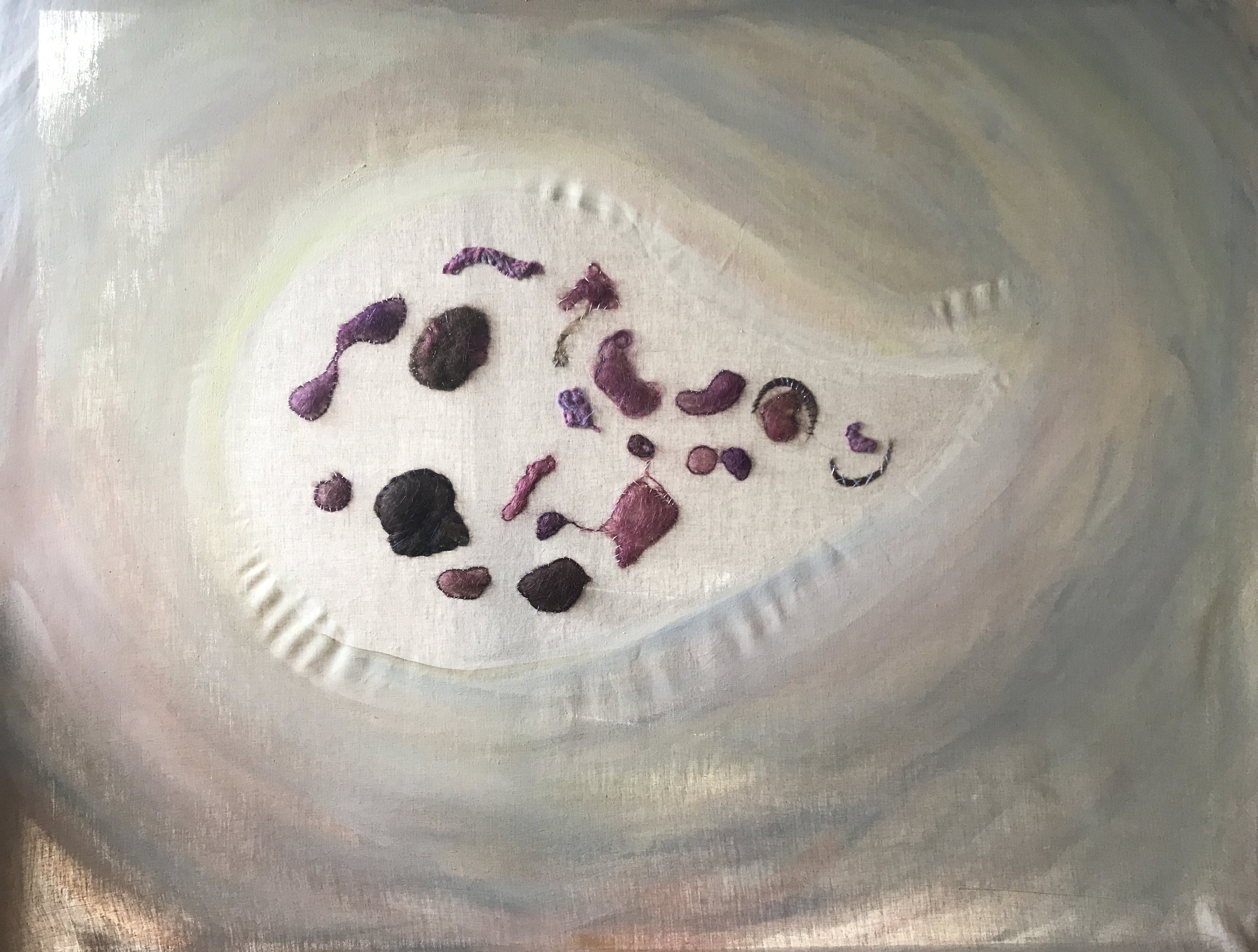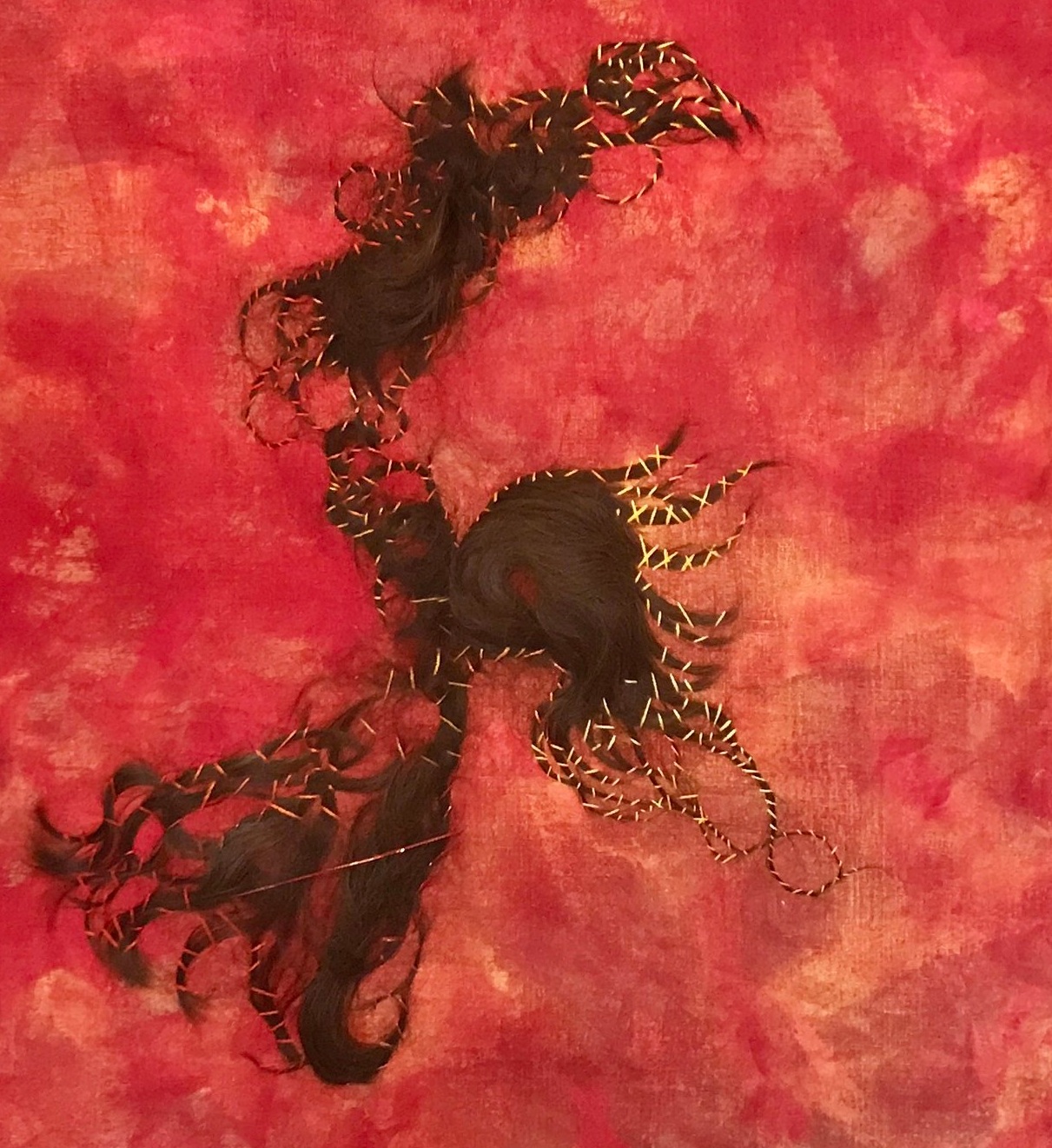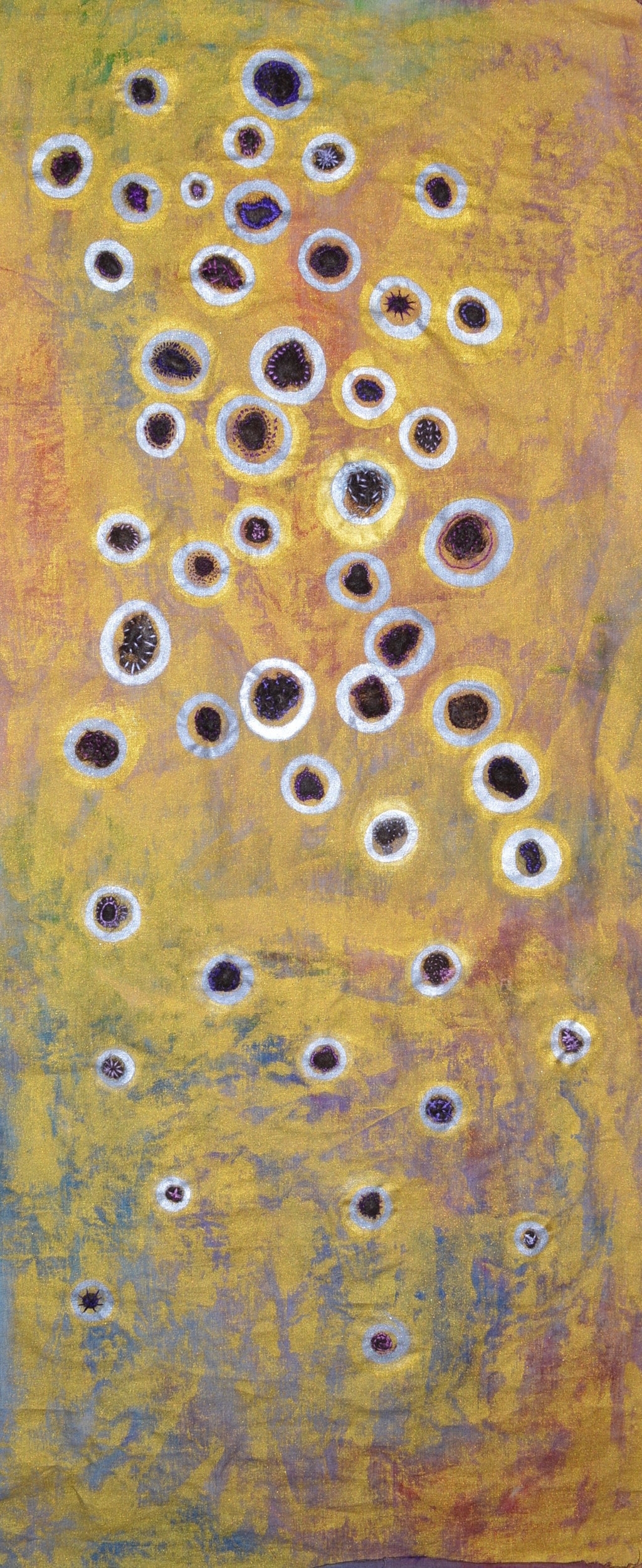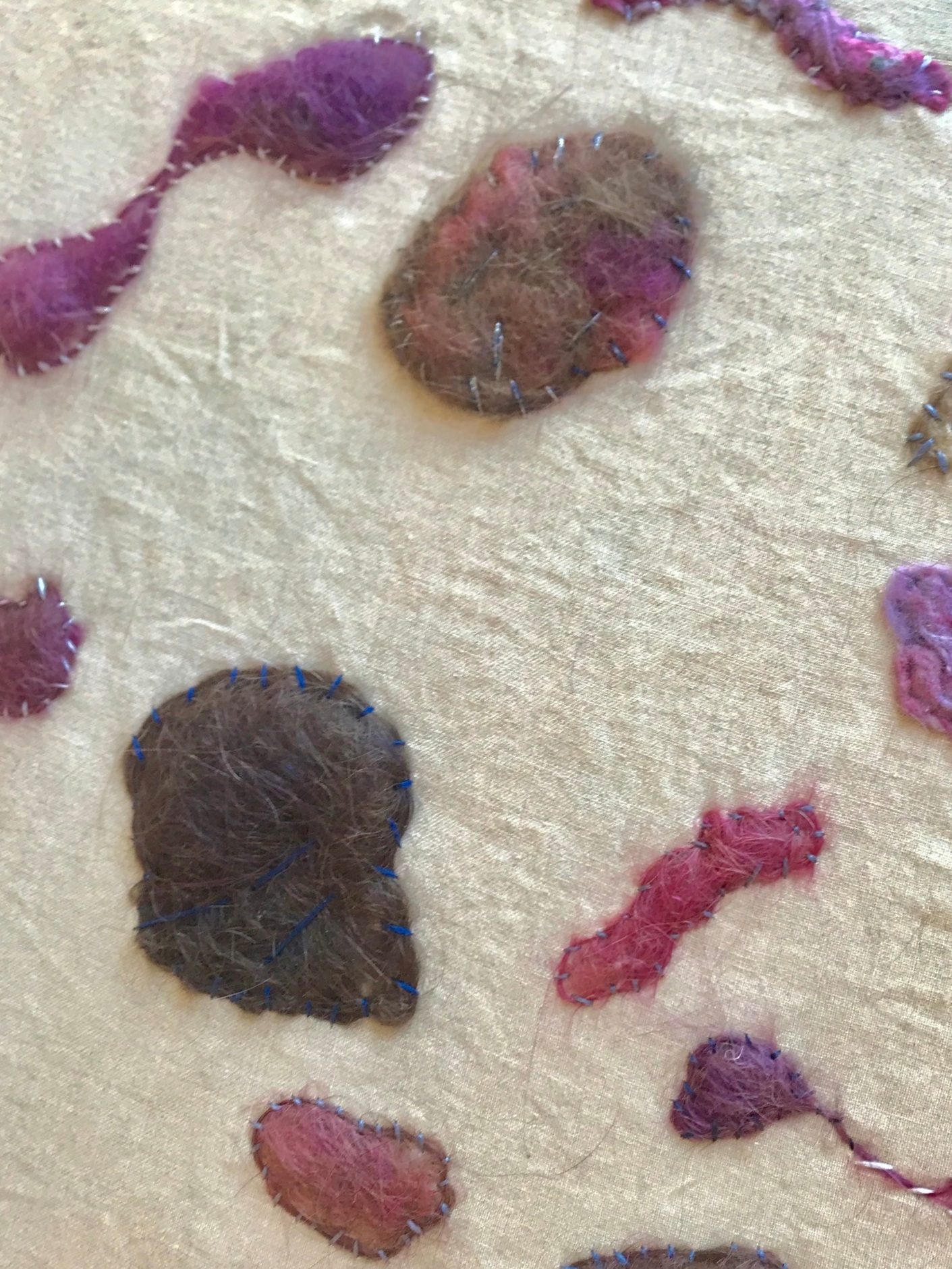A Thousand strokes









Since the beginning of recorded history, people have placed hair in a special category. Starting with the tale of Samson’s loss of power, to Rapunzel, whose hair served as her escape to freedom, to Victorian England’s fascination with “mementi mori” (delicate broaches and necklaces woven from the hair of loved ones who have died), hair has maintained great symbolism across societies, religions, continents, and time. Who doesn’t recognize the cultural significance of the haircut of a samurai warrior or the side curls of the Jewish Chasidim? Even now, thousands of pages of beauty magazines teach us how to have the ultimate in amazing hair.
In my own family, long hair has been an important tradition and symbol – a genetic trait amongst most of the women in our family that causes fast hair growth that can be maintained at significant length. Growing up, my sister, my mother, and I all had waist-length hair. Not until I had my first child did I finally cut my hair to chin length, only to instantly regret it. By now, my own hair has almost disappeared: cancer medication and aging over the last decade have left me with embarrassingly thin hair.
All of these concepts have coalesced into “A Thousand Strokes” - large painted canvases and hair sewn with silk embroidery thread.
And like the pieces in “First Convergence”, I continue to incorporate scientific themes in “A Thousand Strokes”. For example, Gray vs. Dark Matter references my niece’s and nephew’s interests in neuroscience (her college major) and astronomy (his major). Gray matter is used to describe the parts of the brain that contain the cell bodies of neurons, as opposed to the fibers of passage, which appear white (and are thus known as white matter). Dark matter, on the other hand, is what is thought to make up 27% of the known universe and is poorly understood. Thus this piece also reflects our limited ability to understand the universe in which we reside. Not Quite Nyquist is also rooted in science: Harry Nyquist was one of the engineers who discovered the theorem for the minimum digital sampling of analog signals. The piece Not Quite Nyquist is a digital sampling of sorts, as each tuft is my hair lost during showering, which thus samples my hair loss over time. It serves as a sparse representation of a part of my life—an unusual autobiography.



